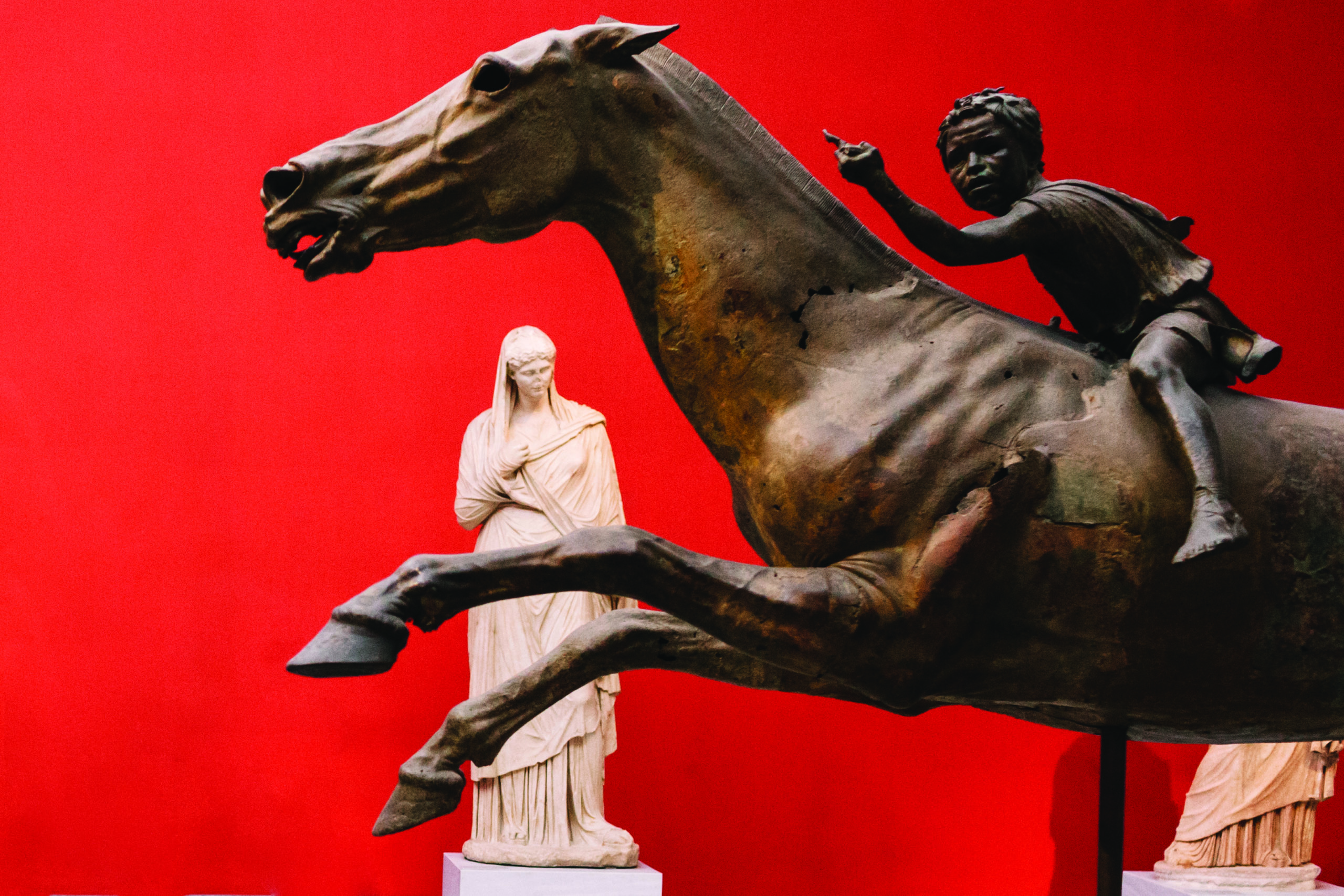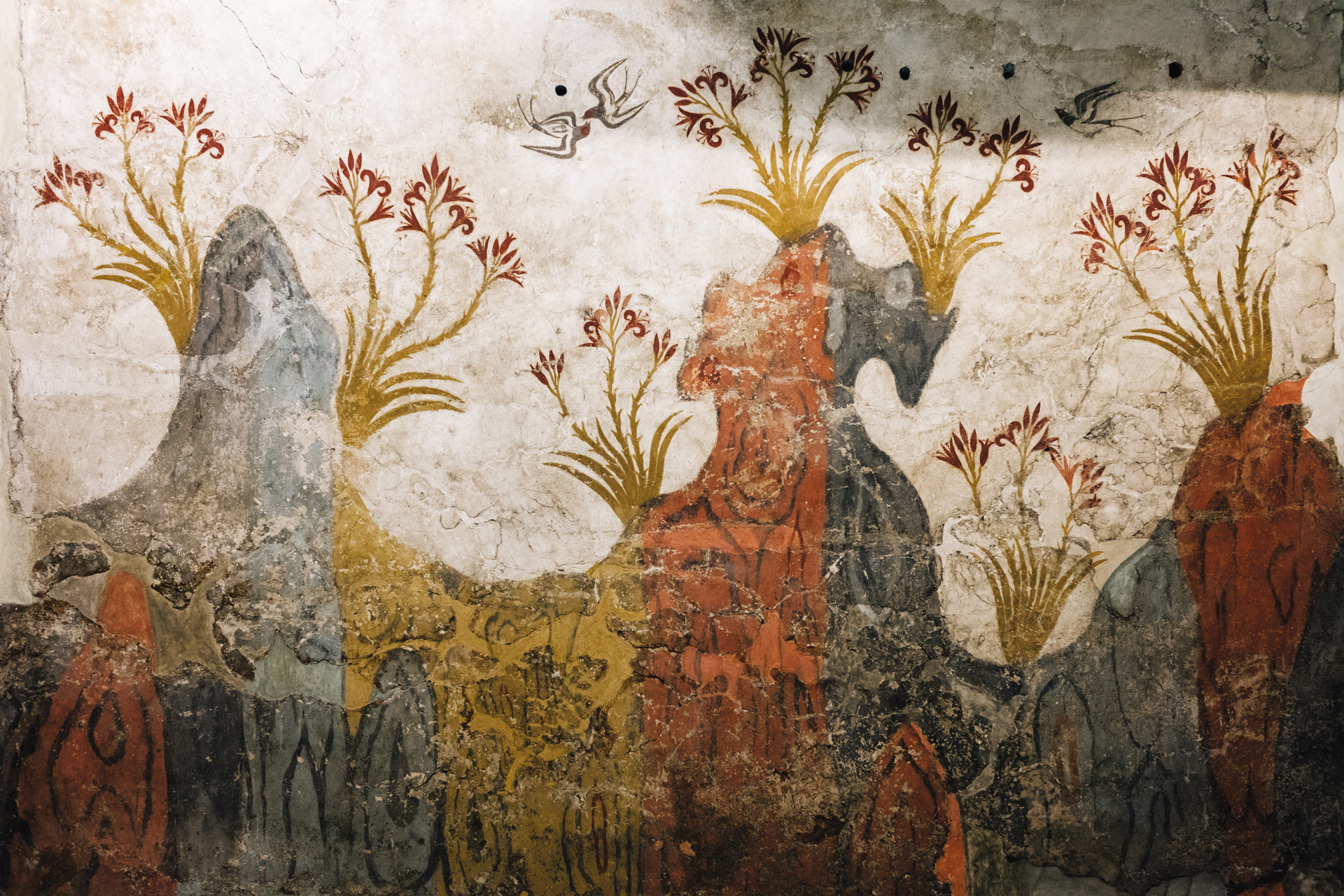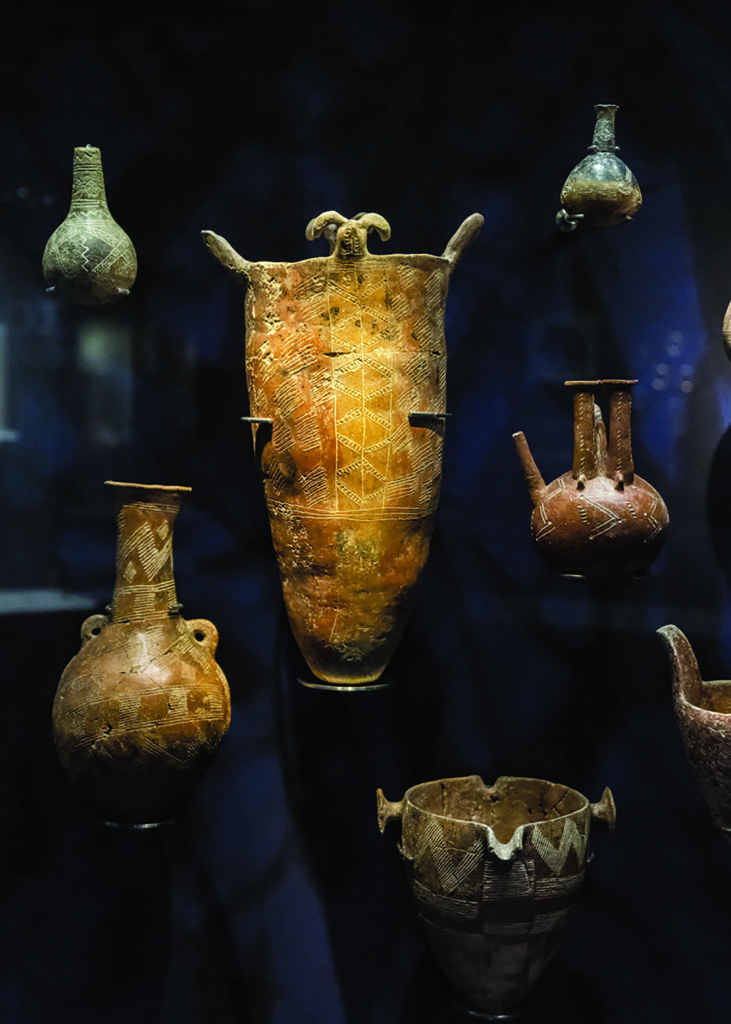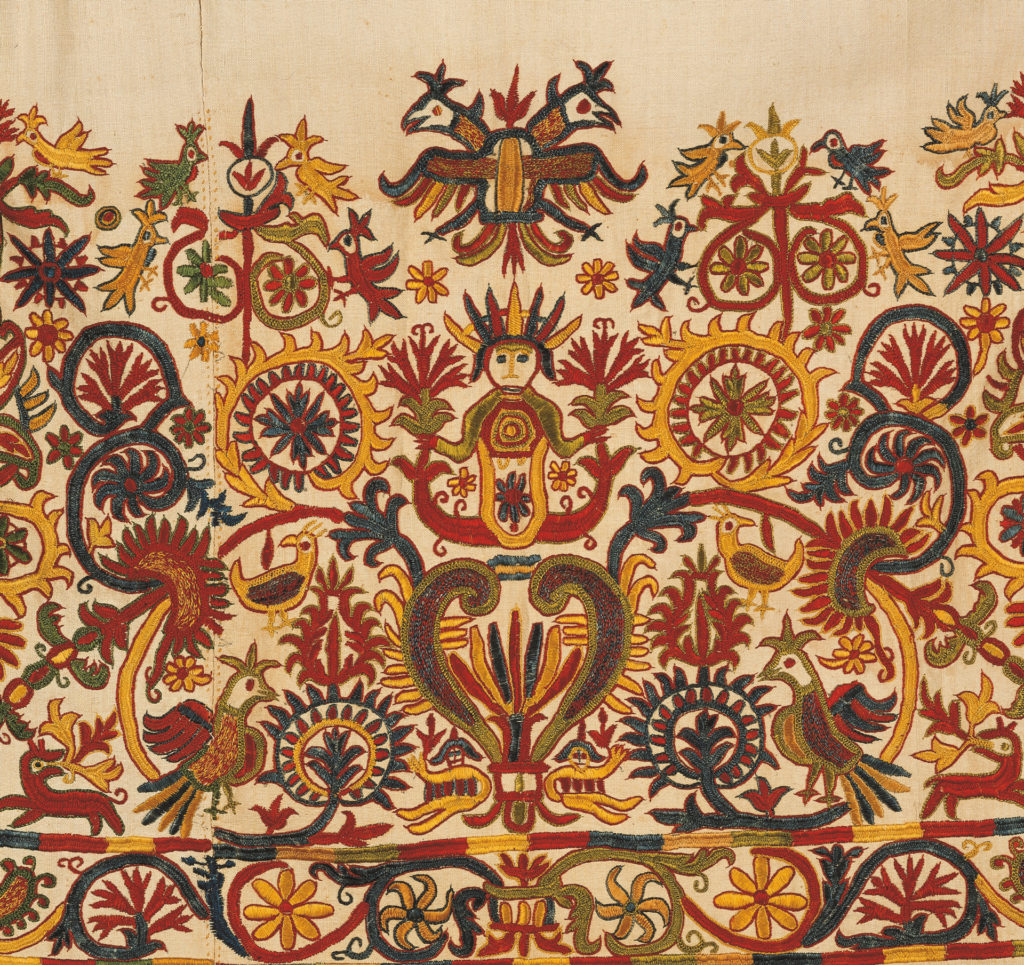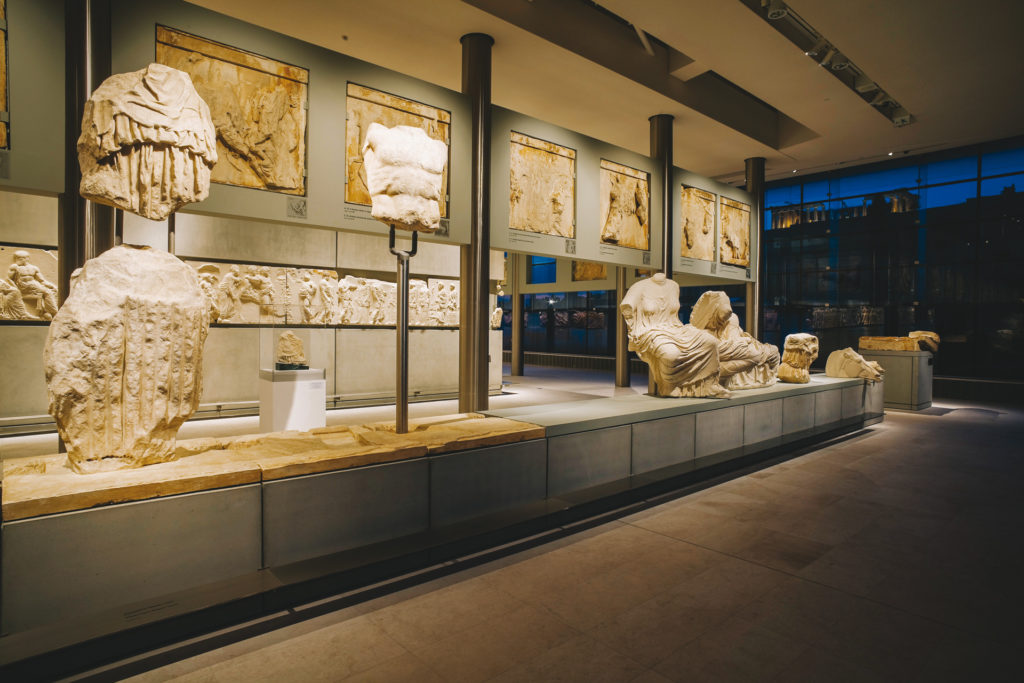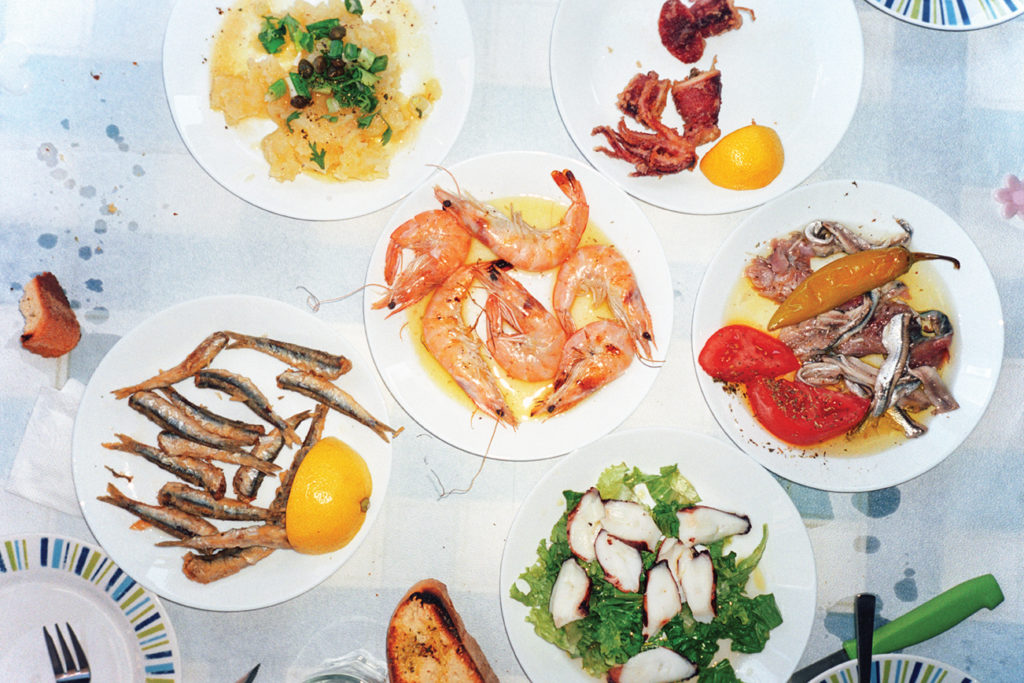the country’s oldest museum is considered to be one of the most important in the entire world. Its collection includes some of the most famous and popular works of Ancient Greek Art. This fact, in a way, overshadows another great truth: there is not a single exhibit in its collection that is not admirable, charming and impressive. This is no exaggeration: the museum’s permanently exhibited collection has been set up after a very rigorous screening, from a huge number of important finds that emerged during at least two centuries of excavations across the country. For this reason it is a pity that visitors only observe the highlights of the Museum and pass by what, at first glance, seems not famous enough.
The museum is hosted in a really beautiful building. It was designed by Ludvig Lange, professor of architecture at the Munich Academy and creator of the Leipzig Museum. However, due to political unrest and empty state coffers, the museum was built much later and after Lange’s design was modified by Ernst Ziller. The foundation stone was laid in 1866 and it took another 23 years until its construction was completed. Small-scale “modernizing redevelopments” of a museological nature in its permanent collection never ceased. Nevertheless, its spaces have never ceased to exude a more “romantic” idea of what a museum is, which would be considered somewhat more characteristic of the 19th century. At the same time, the density with which the exhibits are presented, which makes a famous one stand just a few centimeters next to a “completely unknown” one, creates a sense of “democratic equality” among them, still moving in our times, because it proves that the museum does not cultivate an over-aesthetic illusion, but wants to give full account of the reality of the times to which it refers and were very important, because they were the great root from which the whole of Western Civilization flourished.
A visitor in a hurry, who would not have the time to carefully study the more than 11.000 exhibits, should at least not consider leaving the museum without having seen up close: the golden burial mask of “Agamemnon” of Mycenae, the two musicians of Keros, the flying fish of the fresco from Phylakopi in Melos, all the Santorini frescoes, the Kouros of Sounio, Zeus (or Poseidon – still unclear) of Artemisio, the Grave Stele of Hegeso, the “jockey” of Artemisio, the teenager of Antikythera, the Antikythera mechanism and the marble group of Aphrodite, Pan and Eros, depicting the goddess attempting to hit Pan with her sandal.
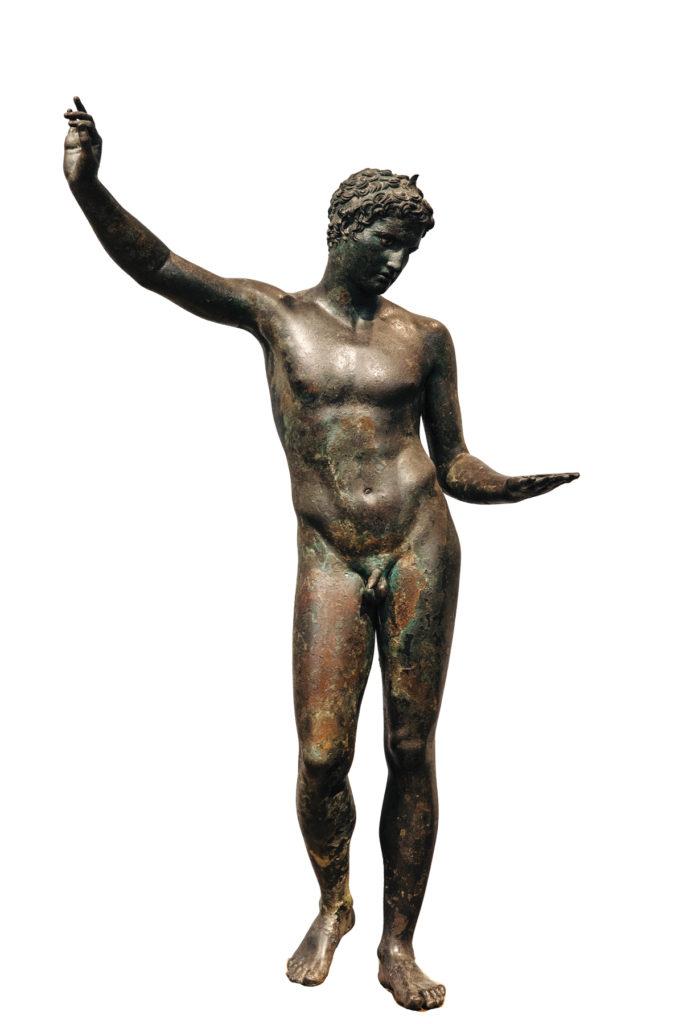
Bronze statue of a young athlete, found in the sea off Marathon, Attica. ca. 340-330 BC. Photo: Paris Tavitian
National Archaeological Museum
44 Patision Str. (the street is officially named “October 28 Str.”),
Athens 106 82
www.namuseum.gr
Opening Hours: (until October 31) Tuesday: 13:00-20:00, Wednesday, Thursday, Friday, Saturday, Sunday: 08:00-20:00
Tickets: General admission (until 31/10): €12

